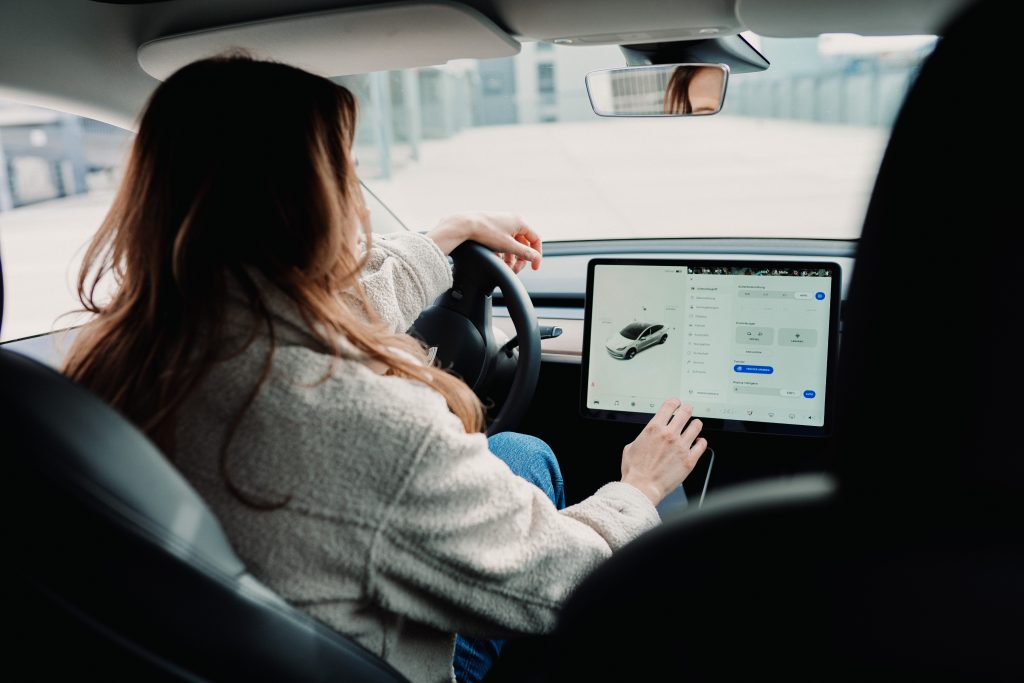Last updated on September 21st, 2023
 The ultimate fantasy of the future – kicking back, catching up on emails and drinking coffee, while your own car drives you where you need to go in the morning – may not be such a fantasy only five years from now. Of course, it will not be a full-fledged self-driving car in such a short time frame, but the technology to make it happen is definitely coming.
The ultimate fantasy of the future – kicking back, catching up on emails and drinking coffee, while your own car drives you where you need to go in the morning – may not be such a fantasy only five years from now. Of course, it will not be a full-fledged self-driving car in such a short time frame, but the technology to make it happen is definitely coming.
Everyone has heard about Google working on a self-driving car prototype by now. Several major car manufacturers including General Motors, Volkswagen and, of course, Tesla have announced working on the autopilot-driven vehicles. Some European car giants including Audi and Mercedes Benz have already presented concepts of self-driving cars at prestigious car shows. Volvo is reportedly planning on conducting real-life road tests of its autonomous car system, Drive Me, in 2017. All these projects, however, are still in their initial stages. So what exactly needs to happen for the self-driving car to drive out of your garage?
A car that drives itself will rely on complex technology that includes elements we already use to enhance our driving experience. The first building block of automated driving is the GPS that would tell the car how to get from point A to point B in the most efficient way possible. The second tier of the system is the input the car would receive from cameras, sensors, and radars, the latter being especially effective in conditions with poor visibility, like rain, snow or fog. The third tier of automated driving is the algorithm that would make sense of all the data and turn it into driving actions – steering, braking, turning left, changing lanes. This, of course, is the most challenging part of manufacturing car autopilot technology. A self-driving car would need to take into account not only its own route and position when operating, but all the other cars on the road (presumably still driven by humans), pedestrians, traffic lights and traffic jams.
Self-driving cars present on the road should be able to communicate with each other to better account for each other’s movements. A constant uplink connection with the outside world would keep the internal GPS and maps up to date. It will also signal changes in traffic conditions like construction, road closures, and road accidents, so every car can adjust accordingly. Traffic lights with wireless technology would also allow cars to know when to stop, when to go and when to slow down. Last but not least, technology to keep track of pedestrians crossing the road and jaywalkers running across it will be essential.
Car manufacturers working on automated-driving car prototypes need to take into account countless variables that concern not only the internal workings of a self-driving vehicle but its external environment as well. Furthermore, the government will need to create regulation to manage the release of automated vehicles on the roads and to make sure of their adequate safety. Unlike the technological progress, the bureaucratic process could be lengthy, so prepare for a long wait.

No comment yet, add your voice below!